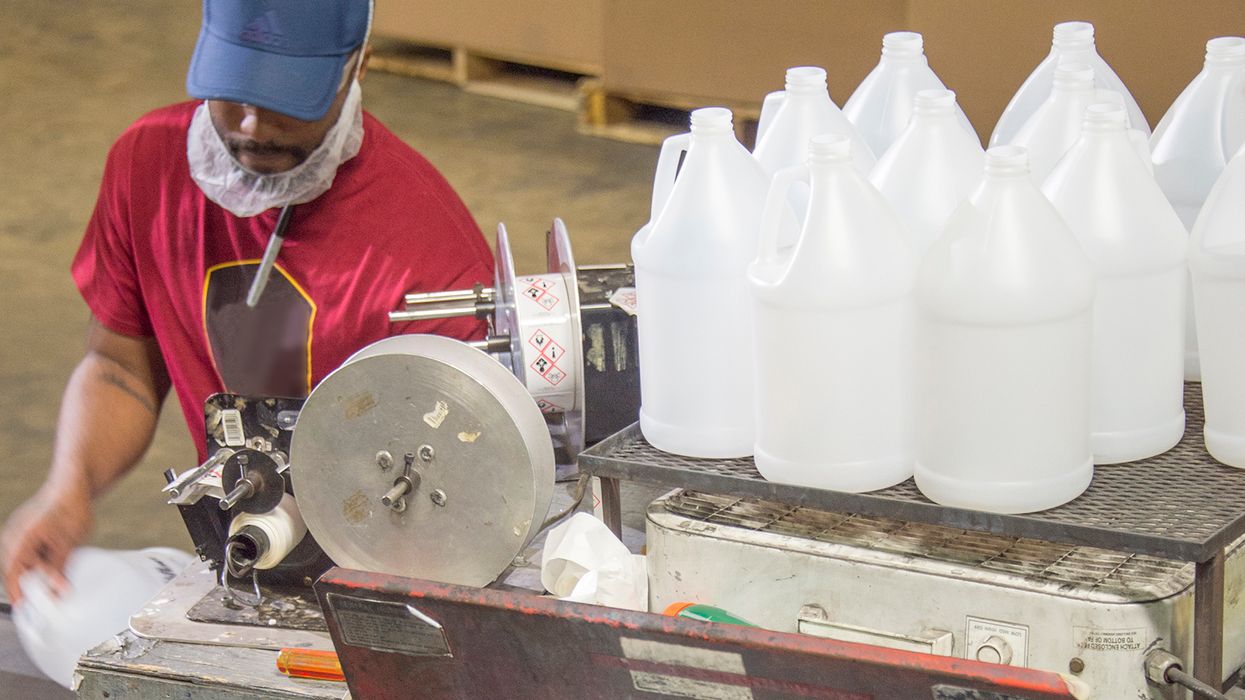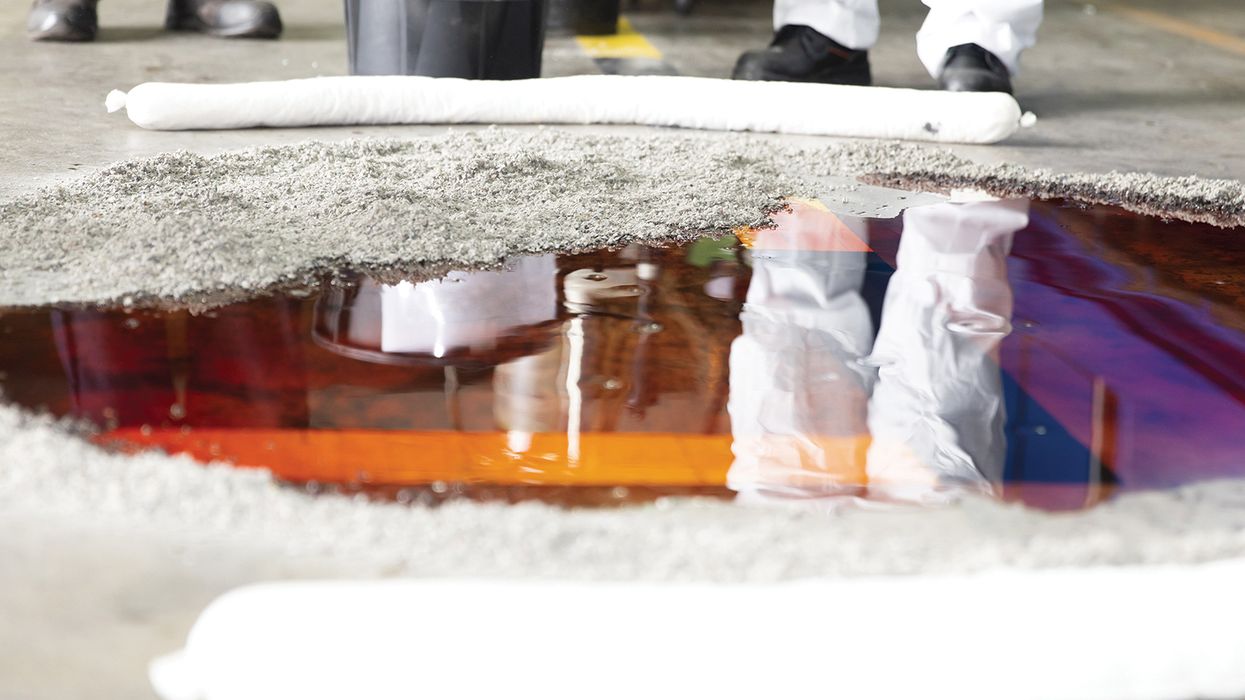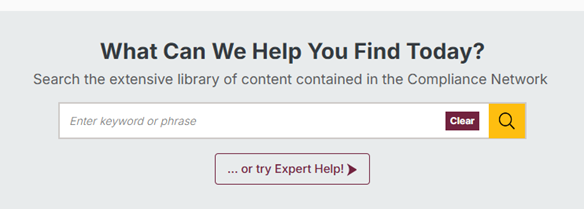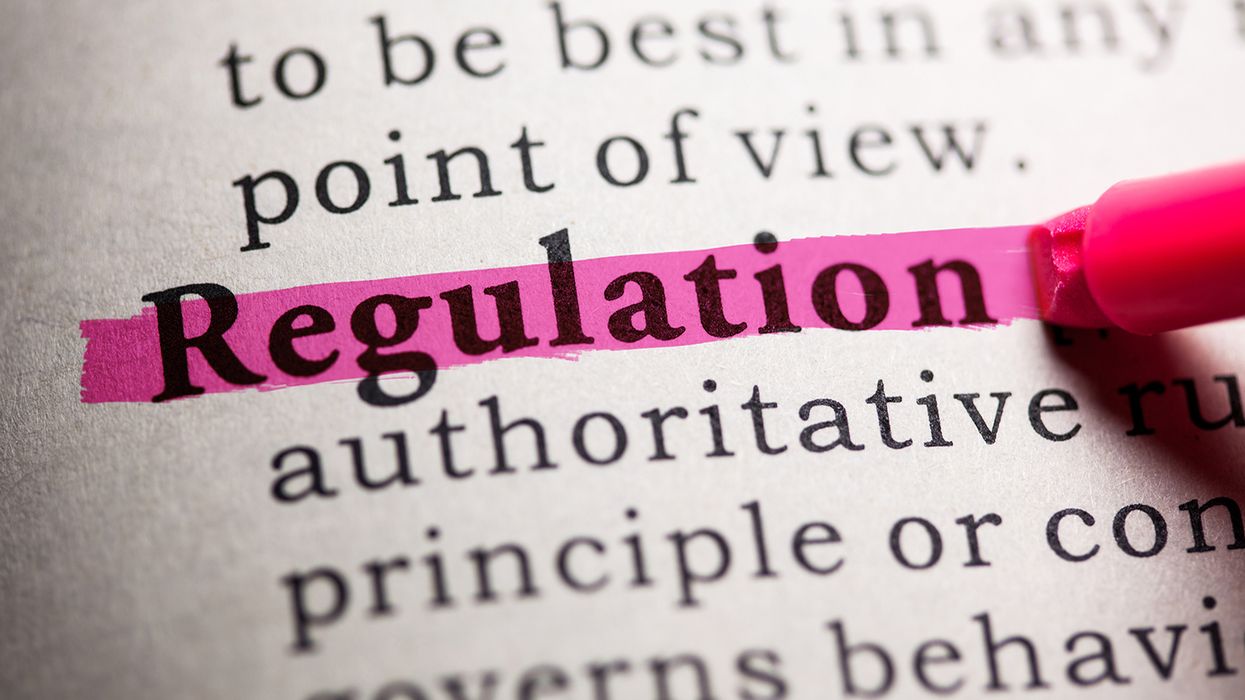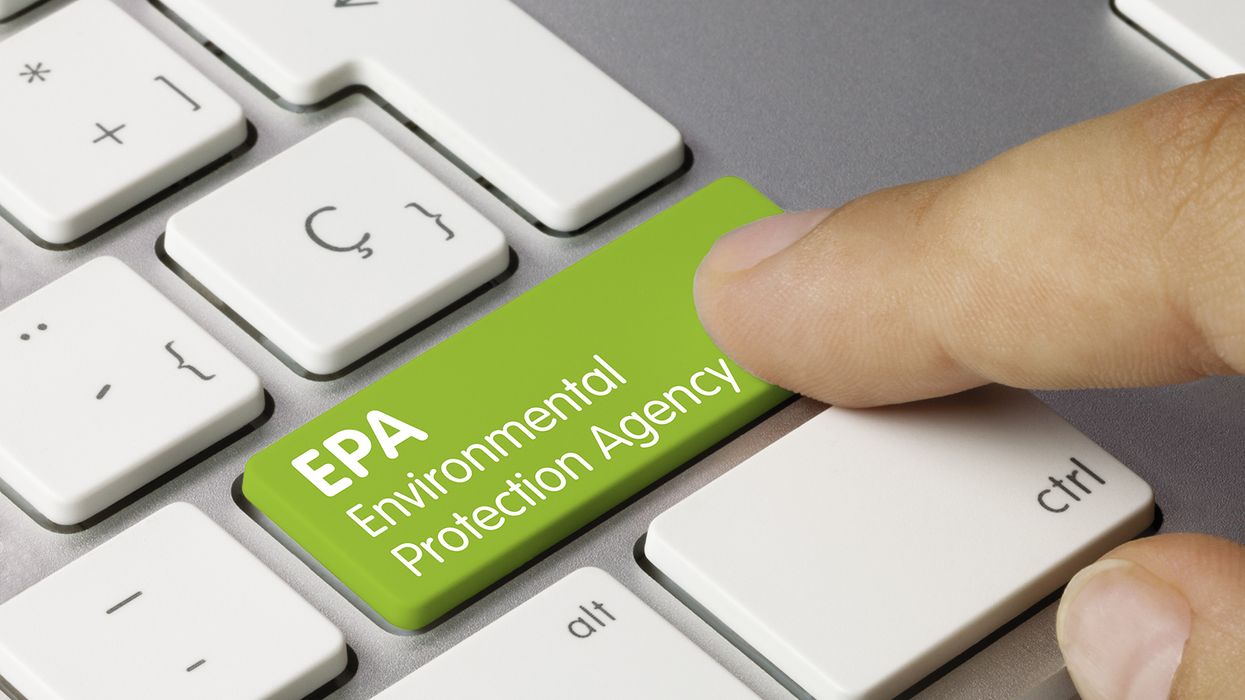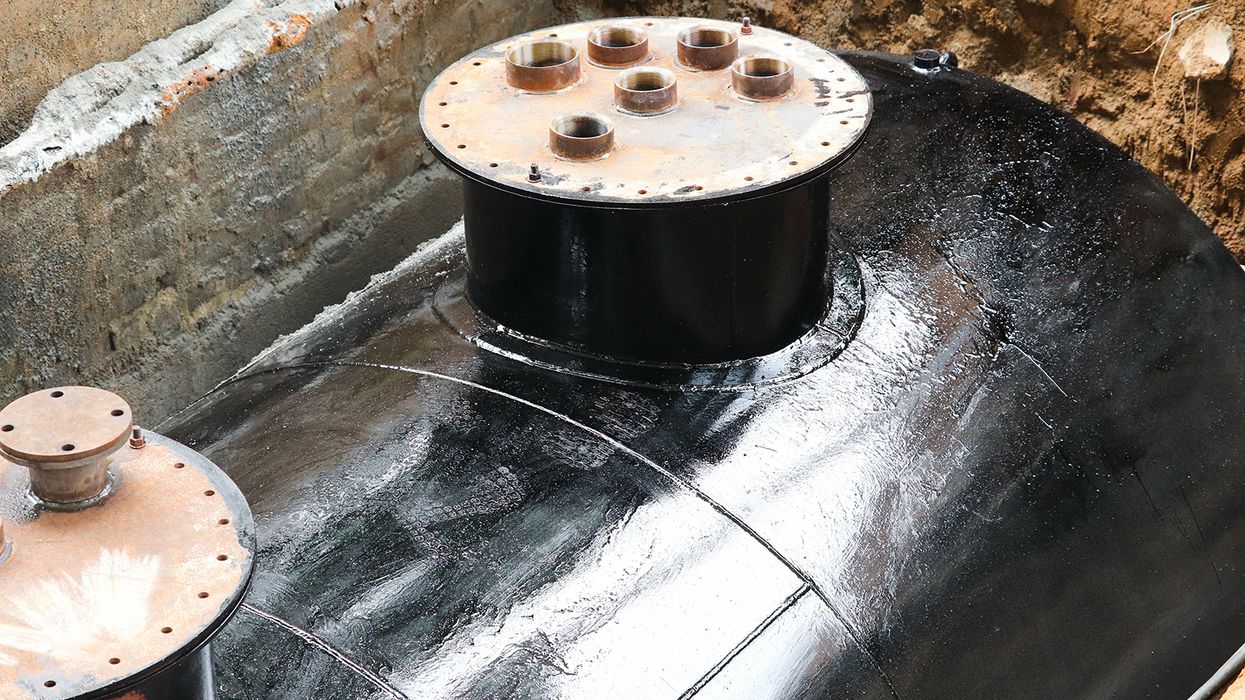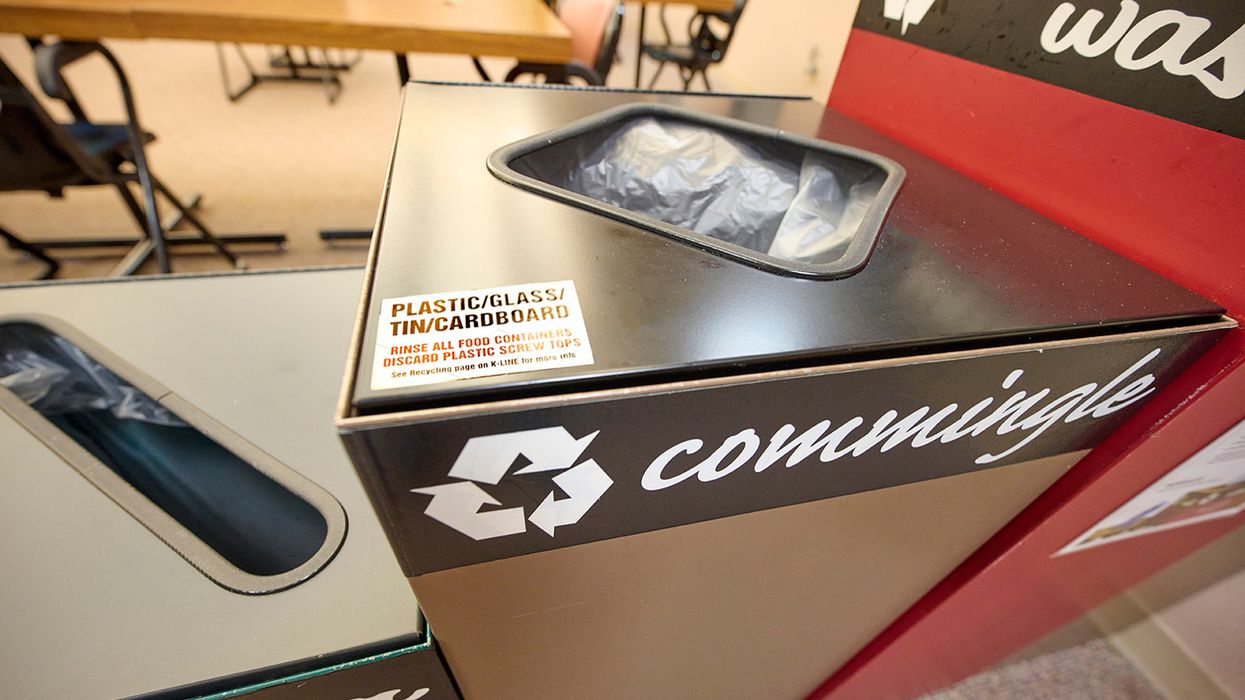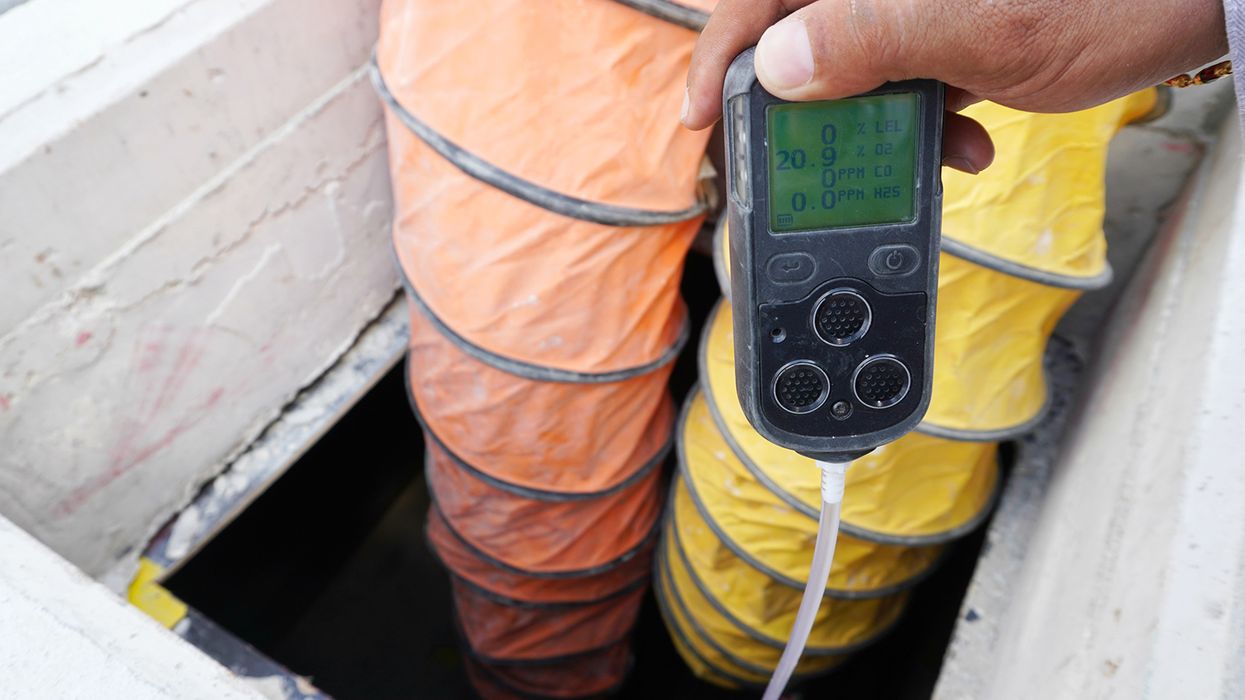Don’t overlook the GDC and how it differs from the RMP
The General Duty Clause (or GDC) provides similar degrees of protection as the Risk Management Program (or RMP) requirements; however, facilities often overlook GDC. Yet, it’s important to know that EPA has increased enforcement of the GDC over the past few years.
This recent scrutiny may be prompted not just by an accidental release but also a facility’s failure to prepare and implement measures to prevent an accidental release in the first place. Let’s take a closer look at the similarities and differences between the GDC and the RMP.
Background
Both the GDC and RMP are established under the accidental release prevention requirements in section 112(r) of the Clean Air Act. Specifically:
- The RMP requires facilities that use listed regulated toxic or flammable substances to develop and submit a plan for accidental release prevention to EPA. The agency published RMP requirements at 40 CFR 68.
- The GDC requires that facilities with regulated and other extremely hazardous substances take action to ensure that their chemicals are managed safely.
While the GDC enforces many of the same chemical safety requirements as the RMP rule, it does so with less guidance on implementation.
| To learn more about the risk management program, click on the ezEplanation Risk Management |
GDC applicability is broader than RMP
The RMP applies only to certain listed toxic or flammable chemicals stored above established threshold quantities. The list of substances regulated under the RMP is found at 40 CFR 68.130. The GDC, on the other hand, applies to any “extremely hazardous substance” (EHS) used, processed, or stored in any quantity. This term is not defined in section 112(r).
Note that under the GDC, EHSs are not limited to the list of regulated substances applicable under RMP or Emergency Planning and Community Right-to-Know Act. Since Congress did not define EHS anywhere within section 112 of the Clean Air Act, the term is interpreted broadly and could include any hazardous substance. This is a major challenge to complying with the GDC.
Unlike RMP, GDC has no threshold quantities
The EPA defines the RMP threshold as the quantity, usually in pounds, of a regulated substance which, if exceeded, triggers coverage by the rule. Under the RMP each regulated substance has its own threshold quantity. In contrast, under the GDC there are no thresholds, and the presence of the EHS is sufficient to trigger compliance requirements.
For example, a facility using 7000 pounds of anhydrous ammonia for a refrigeration process would not be subject to the RMP, since this is less than the listed threshold quantity of 10,000 pounds for anhydrous ammonia. However, it is still obligated to comply with the GDC.
GDC has no reporting requirement, but RMP does
Believe it or not, there are no requirements to submit or report to the EPA under the GDC. However, under the RMP, owners or operators of covered facilities are required to implement a risk management plan and submit that plan to EPA. This plan must be revised and resubmitted to the agency every five years.
States have no GDC authority
The GDC has not been delegated to states that have taken implementation of the RMP program. GDC violations are identified and enforced solely by EPA. At the same time, if EPA delegates the RMP to a state, that state may have additional requirements for the federally listed chemicals and additional listed chemicals.
Exemptions are missing from the GDC
Finally, the GDC has no exemptions. However, there are exemptions under the RMP that apply in certain sectors. For example, under 40 CFR 68.125 ammonia used as an agricultural nutrient when held by farmers is exempt from the RMP regulations. Although, ammonia held for distribution at a farm would not be exempt.
Key to remember: With regulatory enforcement of the GDC on the rise, many facilities may face violations for non-compliance. Understanding the difference between the GDC and RMP is an essential part of a facility’s compliance.























